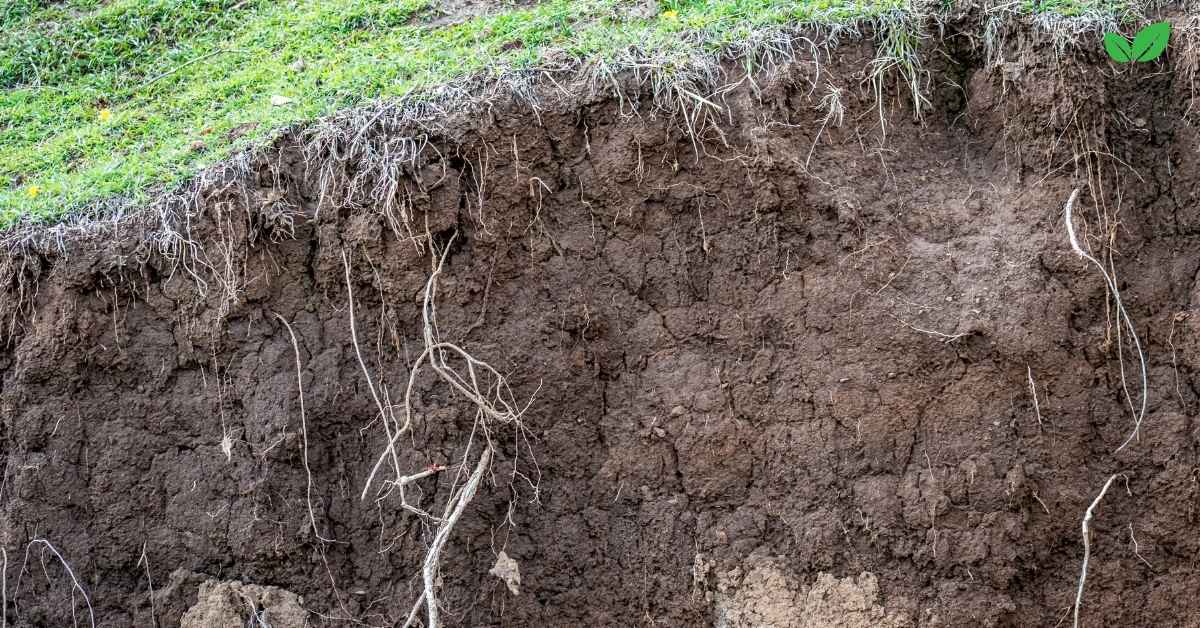Introduction
Soils are foundational to terrestrial ecosystems, supporting plant growth, nutrient cycling, and biodiversity. Among the many soil types that contribute to Earth’s ecological balance, Rosario soils hold a unique position due to their distinct physical and chemical properties. Found primarily in regions with Mediterranean and semi-arid climates, these soils play a crucial role in agriculture, forestry, and ecosystem stability. Understanding Rosario soils is essential for sustainable land management and conservation practices.
This article explores the environmental niche of Rosario soils, examining their formation, properties, ecological roles, uses, and challenges. By delving into these aspects, we highlight their importance in maintaining ecological balance and supporting human activities.
1. What Are Rosario Soils?
Rosario soils are a specific soil series known for their loamy texture, moderate fertility, and well-drained structure. They are typically associated with landscapes that experience warm, dry summers and cool, wet winters, making them a key soil type in regions with Mediterranean climates.
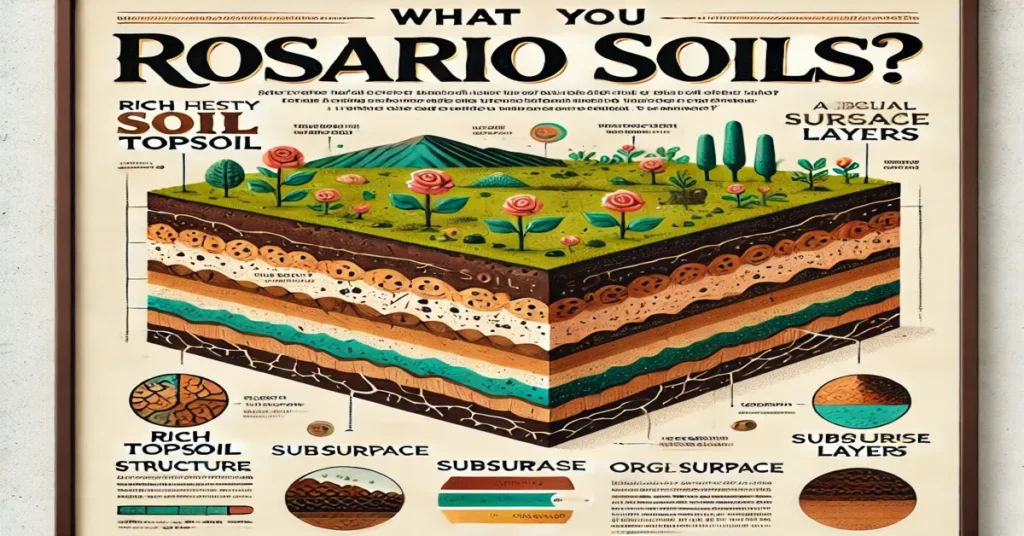
Classification
- Soil Order: Alfisols
- Suborder: Udalfs
- Great Group: Hapudalfs
Alfisols are known for their relatively high fertility and ability to support diverse vegetation, making these soils significant for both natural and managed ecosystems.
General Characteristics
- Texture: Loamy, with a balance of sand, silt, and clay that supports water infiltration and root growth.
- Drainage: Well-drained, preventing waterlogging and promoting healthy plant growth.
- Color: Typically reddish-brown to yellowish-brown, reflecting the presence of iron oxides.
- Parent Material: Derived from weathered sedimentary rocks such as sandstone and shale.
2. Formation and Distribution of Rosario Soils
Rosario soils develop over thousands of years through the interaction of climate, parent material, topography, biological activity, and time.

Soil Formation
- Parent Material: Formed from sedimentary rocks like sandstone and shale, which break down into mineral-rich soils.
- Climate: Found in regions with Mediterranean or semi-arid climates characterized by distinct wet and dry seasons. The alternation of these seasons influences the soil’s structure and nutrient dynamics.
- Topography: Commonly found on gentle slopes and uplands, where well-drained conditions prevail.
- Biological Activity: Decomposed organic matter from vegetation contributes to the soil’s nutrient content and fertility.
Geographical Distribution
Rosario soils are primarily found in regions of:
- California (United States)
- Parts of the Mediterranean Basin
- Semi-arid areas of South America and Africa with similar climatic conditions
3. Physical and Chemical Properties of Rosario Soils
The properties of these soils make them suitable for a variety of ecological and agricultural purposes.
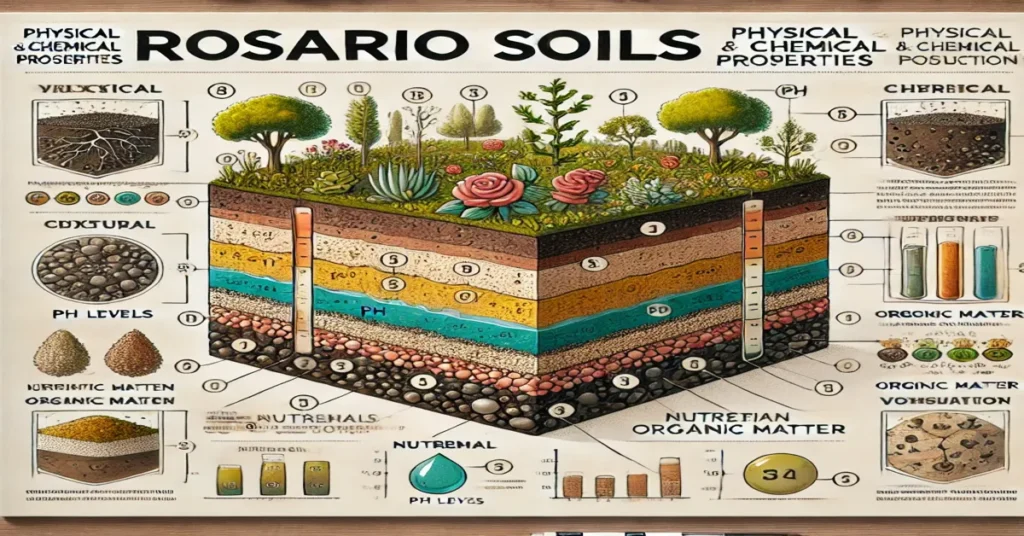
Physical Properties
- Texture: The loamy texture balances water retention and drainage, making it ideal for plant roots.
- Structure: Exhibits a granular or blocky structure, promoting good aeration and root penetration.
- Drainage: Well-drained, minimizing the risks of waterlogging while retaining adequate moisture for plant growth.
Chemical Properties
- pH Levels: Slightly acidic to neutral, ranging from 6.0 to 7.0, which supports a wide range of plant species.
- Nutrient Content: Moderate levels of essential nutrients like calcium, potassium, and magnesium. However, nitrogen content may vary and often requires supplementation for intensive agriculture.
- Cation Exchange Capacity (CEC): Moderate, allowing the soil to retain and supply nutrients effectively to plants.
4. Ecological Role of Rosario Soils
Rosario soils play a critical role in maintaining the health and stability of the ecosystems they support.
Support for Vegetation
- Native Plants: In natural landscapes, these soils sustain diverse plant communities, including shrubs, grasses, and drought-tolerant trees like oaks and pines.
- Agricultural Crops: These soils are suitable for a variety of crops, especially those adapted to Mediterranean climates, such as olives, grapes, and citrus.
Wildlife Habitat
- The vegetation supported by Rosario soils provides food and shelter for a variety of wildlife species, including birds, mammals, and insects.
- Soil organisms like earthworms and fungi thrive in Rosario soils, contributing to nutrient cycling and soil health.
Water Regulation
- Infiltration: The well-drained nature of these soils allows for effective water infiltration, reducing surface runoff and soil erosion.
- Aquifer Recharge: By facilitating water percolation, these soils contribute to groundwater recharge, supporting local water supplies.
Carbon Sequestration
- Organic matter in Rosario soils acts as a carbon sink, capturing atmospheric carbon dioxide and mitigating the effects of climate change.
5. Human Uses of Rosario Soils
The versatility and fertility of Rosario soils make them valuable for various human activities.
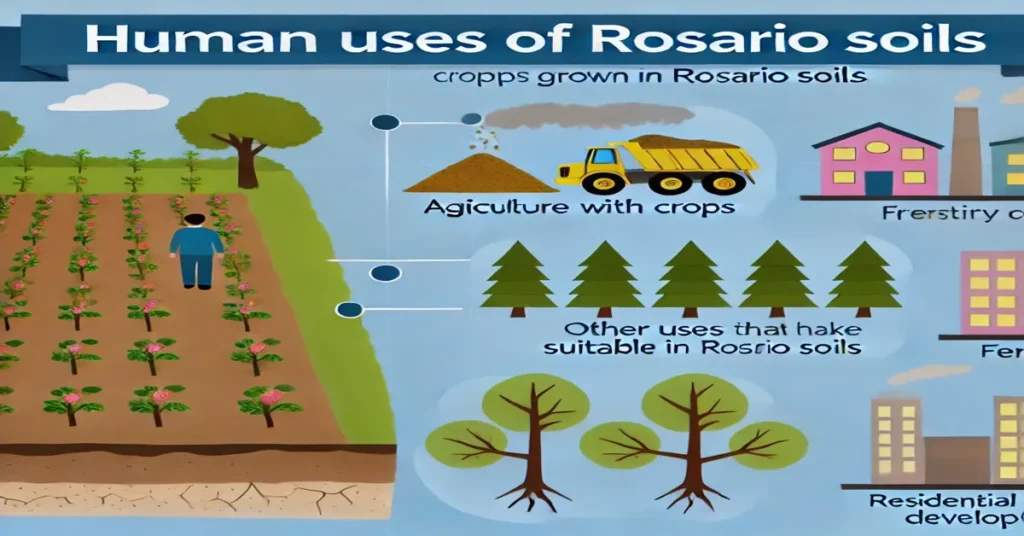
Agriculture
- Crop Production: Rosario soils support the cultivation of crops like wheat, barley, olives, grapes, and almonds, which are staples in Mediterranean agriculture.
- Irrigation: The soil’s ability to retain moisture while draining excess water makes it well-suited for irrigation-based farming systems.
Forestry
- These soils are ideal for growing drought-tolerant tree species used in timber production, such as pines and eucalyptus.
- Sustainable forestry practices on Rosario soils contribute to biodiversity and carbon sequestration.
Urban Development
- Construction: The stable structure of Rosario soils supports the development of roads, buildings, and infrastructure.
- Landscaping: Parks and recreational areas benefit from the soil’s capacity to support ornamental plants and grasses.
Recreation
- Rosario soils in natural landscapes are often used for hiking trails, vineyards, and eco-tourism, enhancing cultural and recreational value.
6. Threats to Rosario Soils
Despite their resilience, Rosario soils face significant threats that can compromise their health and productivity.
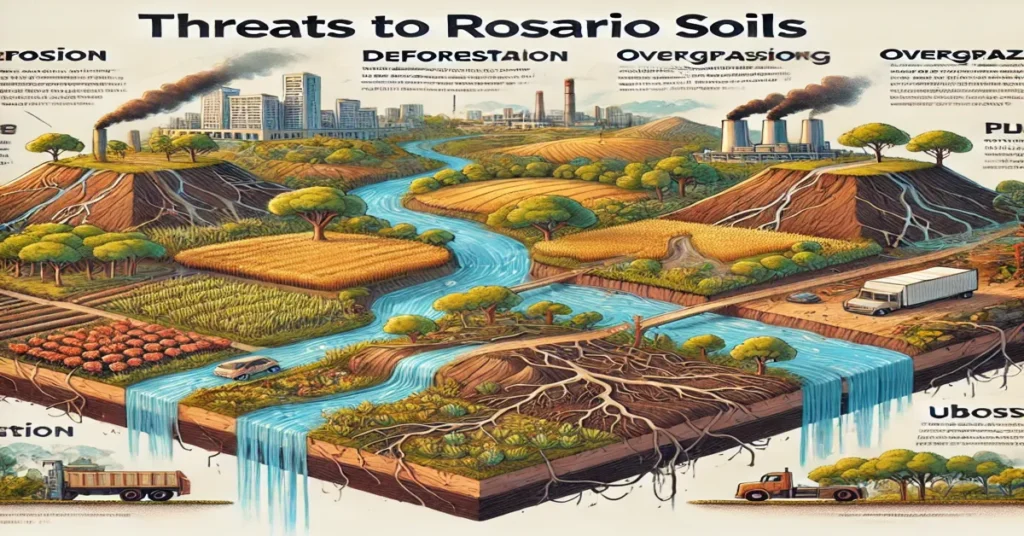
Soil Erosion
- Overgrazing: Excessive grazing by livestock exposes the soil surface, increasing erosion risks.
- Deforestation: Removal of vegetation reduces soil stability, making it more susceptible to wind and water erosion.
Urbanization
- Expanding urban areas encroach on agricultural and natural lands, reducing the availability of Rosario soils for ecological and agricultural purposes.
Climate Change
- Altered rainfall patterns and prolonged droughts can lead to soil degradation, reduced fertility, and desertification in regions with these soils.
Soil Salinization
- Improper irrigation practices can lead to the accumulation of salts in the soil, reducing its productivity and harming plant growth.
Pollution
- The use of chemical fertilizers, pesticides, and industrial waste can contaminate these soils, affecting their biological activity and fertility.
7. Conservation and Sustainable Management of Rosario Soils
Effective conservation and sustainable management practices are essential to preserve the health and productivity of Rosario soils.
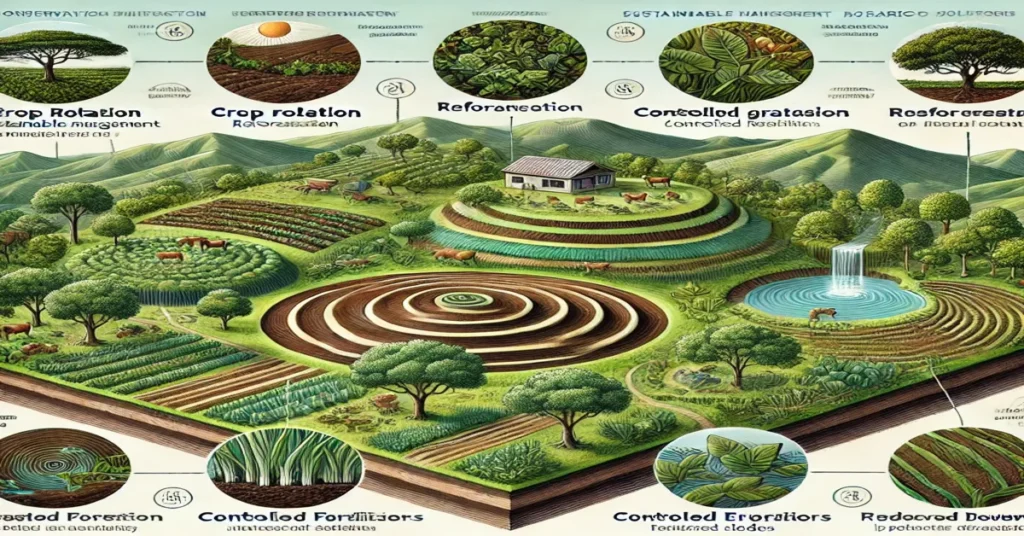
Soil Conservation Techniques
- Contour Farming: Planting along the natural contours of the land reduces runoff and erosion.
- Terracing: Creating terraces on slopes minimizes soil loss and enhances water retention.
- Cover Crops: Planting cover crops during the off-season protects the soil from erosion and improves its organic matter content.
Sustainable Agriculture
- Crop Rotation: Alternating crops replenishes soil nutrients and prevents pest buildup.
- Reduced Tillage: Limiting soil disturbance preserves its structure and microbial health.
- Organic Farming: Using compost and natural fertilizers enhances soil fertility without introducing harmful chemicals.
Afforestation and Reforestation
- Planting trees in degraded areas restores soil health, reduces erosion, and enhances biodiversity.
Water Management
- Implementing efficient irrigation techniques, such as drip irrigation, minimizes water wastage and prevents salinization.
Policy and Education
- Government policies promoting sustainable land use and conservation are critical for protecting Rosario soils.
- Educating farmers and local communities about the importance of soil health fosters stewardship and sustainable practices.
8. The Importance of Studying Rosario Soils
Understanding Rosario soils provides valuable insights into soil science, land management, and ecological sustainability.
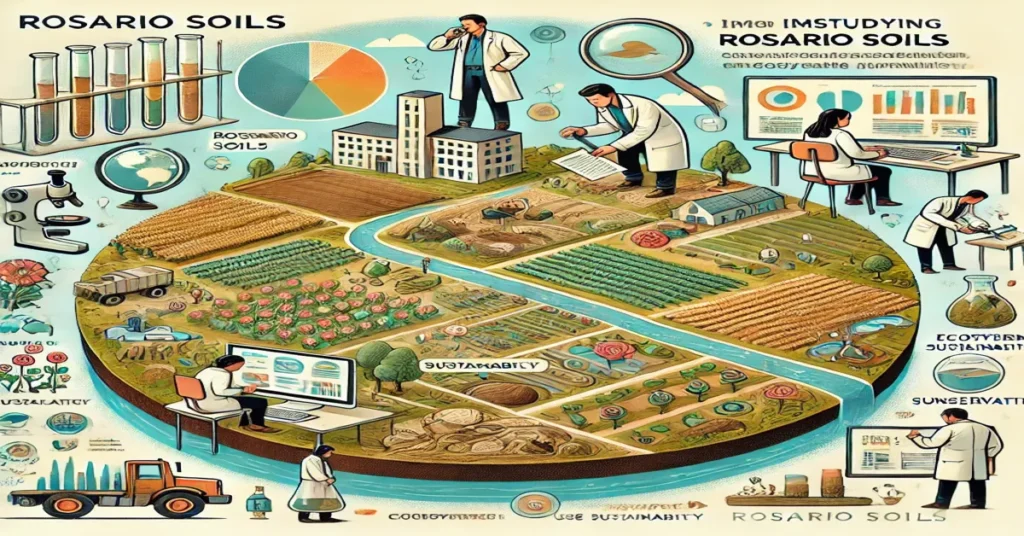
Scientific Research
- Studying the physical and chemical properties of these soils helps develop strategies for soil improvement and sustainable agriculture.
- Research on their role in carbon sequestration contributes to global efforts to combat climate change.
Education and Awareness
- Integrating soil science into educational programs raises awareness about the importance of soils for environmental health and human well-being.
Conclusion
Rosario soils are a vital natural resource, providing the foundation for ecosystems, agriculture, and human development. Their loamy texture, fertility, and well-drained structure make them indispensable for supporting diverse vegetation, wildlife, and human activities. However, threats like erosion, pollution, and climate change necessitate urgent action to conserve and sustainably manage these soils.
By adopting soil conservation techniques, promoting sustainable land use, and fostering public awareness, we can ensure that Rosario soils continue to play their crucial role in maintaining ecological balance and supporting human needs. Protecting Rosario soils is not just an environmental imperative—it is a step toward a more sustainable and resilient future.
Read More: Sodium Bentonite in Soil: An Environmental Perspective

